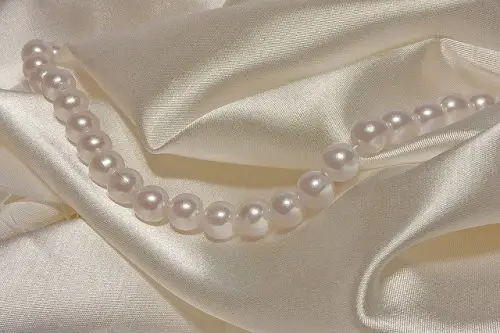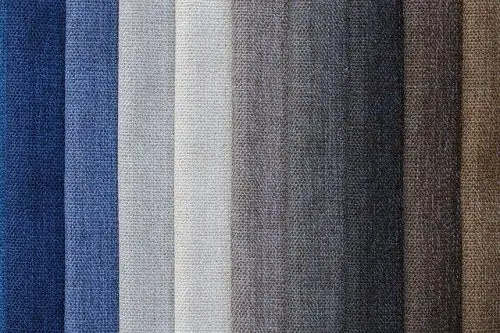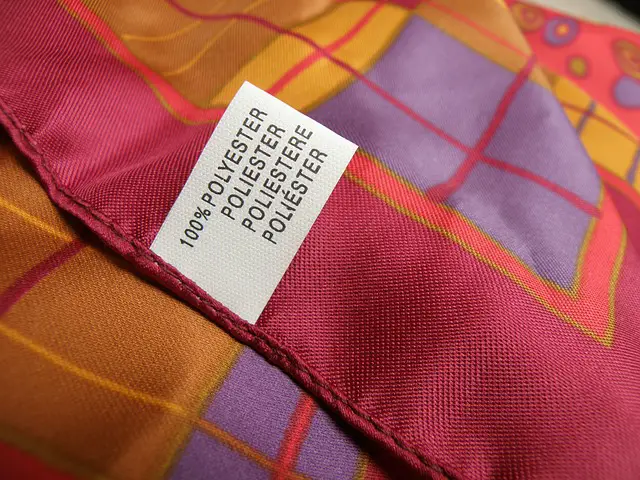One of the many questions most people ask is – ”Are clothes made from animal hair?”In this article, I try as much as possible to answer this question with as much detail as possible.
Yes! clothes are made from animal hair but not all kinds of clothes. It is important to note that different clothes are made of different textile fibre, and sometimes a combination of two or more. These textile fibres are divided into the natural and artificial textile fibre.

Natural Textile Fibres.
Natural textile fibres are textile raw materials that can be obtained from an animal, or plant source. There are different types of natural textile fibres;
Wool: Wool is a natural textile fibre gotten from sheep. It is the most widely used animal textile fibre in the textile industry. Wool is soft to touch, and absorbs moisture easily, making it comfortable to wear. Unlike linen, wool fibres are resistant to wrinkles.
When clothes made of wool are ironed, wrinkles disappear immediately. They are the most resilient natural fibres in the textile industry. Wool fibres are also a poor conductor of heat and are also good insulators.
Just like in animals, woollen fibres trap a layer of air close to its surface, preventing heat from escaping into the environment. These properties make woollen clothing ideal for cold weather S.
Woollen clothing shrink when washed, and also require thorough washing because wool fibres adhere dirt. Fabric pests attack wool because it is made of protein. Woollen fibres don’t support combustion. Hence, woollen clothes are fire-resistant.
Wool is used in making wool yarn, blankets, and duvets. Coarser wool fibres can be used to make rugs and carpets.

Silk: Silk is a natural textile fibre gotten from mulberry silkworms. It is the strongest natural fibre. Silk fibres are moderately resilient — they are moderately resistant to creases. Unlike woollen clothing, silk clothing does not adhere to dirt, and the dirt can be washed off easily.
Clothing made from silk fibres is light, soft, and smooth. Like wool fibres, they are also good insulators.
Due to its protein content, silk can be attacked by textile insect and pests. Silk fibres are highly absorbent and comfortable to wear. They are used in making clothes, like scarves, bedding, suits, jackets, e.t.c.
Cotton: Cotton is a textile fibre gotten from the seed boll of cotton plants. It is made up of cellulose and is the most widely used natural fibre in the world. Cotton fibres absorb moisture easily and are comfortable when working close to the skin.
Clothes made from cotton fibres can be washed at high temperatures, but care needs to be taken to prevent them from shrinking. Do not wash cotton clothes in not water regularly, rather wash them alternately with cold and war, water. Cotton clothes crease easily. Hence, they require extra effort when ironing.
Cotton fibres are used in making almost every type of clothing, like underwear, shirts, bathrobes and jackets. They are also used in making bed sheets, towels, curtains, and even denim.
Linen: Linen is a textile fibre gotten from the flax plant. It is one of the strongest textile plant fibres in the world. It has properties similar to cotton; it wrinkles easily, absorbs moisture easily, and have good tensile strength, even stronger than the tensile strength of cotton.
They are more durable than cotton and are used mostly in making summer clothing. Linen fibres are popular options for making high-quality household textiles like tablecloths, upholstery, and curtains. It is also used in embroidery, especially on women’s clothes.
Linen keeps the body cool. Its colour varies, because of the presence of natural dyes, which is environmental friendly compares to man-made dyes. Linen fibres are also famous for their anti-bacterial properties. However, linen clothing is quite expensive.
Jute: Jute fibres are extracted from the stem of jute plants, and they are one of the cheapest plant fibres to produce. They are the second most widely produce textile fibre in the world after cotton. Jute is commonly known as the golden fibre due to its golden glow.
They are biodegradable, hence environmental friendly. Like cotton, jute contains a high amount of cellulose. They have high tensile strength and are one of the strongest plant textile fibres in the world. Unlike cotton, clothing made from jute fibres do not absorb moisture easily, and they deteriorate quickly when exposed to high humid conditions.
Jute fibres are used to make chair coverings, curtains, and also as supplementary materials in footwear and textiles.

Man-made Textile Fibres.
Nylon: The term “nylon,” is used to refer to a family of synthetic polyamides. It is thermoplastic (can be remoulded into different shapes and forms at a certain temperature) and can be processed into textile fibres, to make clothes. Nylon fibres are very strong and have high tensile strength.
They are resilient and are fairly resistant to wrinkles and creases. Unlike wool fibres, clothes made from nylon fibres are easy to wash. Nylon fibres are also fire resistant, and very light. They do not absorb moisture as readily as wool and cotton and dry quickly when washed.
Nylon fibres are heat sensitive, and also sensitive to strong sunlight. Nylon fibres fade rapidly when exposed to strong sunlight. Hence, they are not good options for curtains.
Rayon: Rayon fibres are the first manufactured fibres. Unlike most man-made fibres like nylon fibres, rayon fibres are not synthetic. It is made from cellulose. Rayon fibres are versatile and can be used with other textile fibres, man-made or synthetic.
Grades of rayon fibres can imitate the texture and appearance of natural fibres., and are not expensive. Rayon fibres absorb moisture easily and are hence feel comfortable when working close to the skin.
When immersed in water, rayon fibres shrink and weaken. They have low tensile strength and are heat sensitive.
Polyester: Polyester fibres are synthetic fibres made from purified terephthalic acid. They are extremely strong and durable. They are resistant to wrinkles and mildew. They are also abrasion-resistant. Clothes made from polyester fibres quickly when washed, and are resilient when dry.
Polyester fibres do not absorb moisture easily, making them stuffy when working close to the skin. They are also temperature sensitive.
Polyester fibres are the most commonly used synthetic fibres. They are usually blended with another textile fibre-like cotton, to improve their durability. They are also used in upholstery padding, and as cushioning material in pillows.

